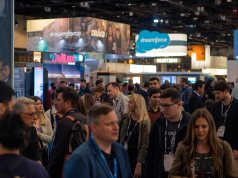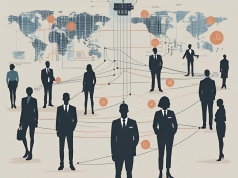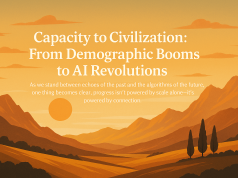The heralding of a new era in the professional landscape necessitates a comprehensive examination of how work, as we know it, has transformed. No longer confined to the rigid structure of the 9-5 workday, companies have begun to pivot towards a model that prizes flexibility above all else. This seismic shift, propelled by technological advancements and the growing demands for work-life balance, has ushered in an age where remote and hybrid work arrangements are becoming commonplace.
In the bustling urban heart of New York, companies are at the forefront of integrating these flexible practices. They recognize that to attract and retain top talent, they must cater to the diverse needs of their workforce. The modern employee is no longer just searching for a job; they’re seeking an experience that harmonizes with their personal lives and provides them with control over how, when, and where they work.
The benefits of this evolution are manifold. For employees, flexible work arrangements can lead to heightened job satisfaction, reduced stress levels, and an overall betterment of mental health. The absence of a daily commute saves time and opens the door for a more harmonious work-life blend. For employers, the advantages include access to a broader talent pool, reduced overhead costs, and often, an uptick in productivity. When employees feel trusted and are given the autonomy to manage their schedules, they are likely to be more engaged and invested in their work.
However, as with any significant change, challenges do arise. Remote and hybrid work models demand robust communication channels and a strong company culture that can withstand the lack of physical proximity. Additionally, there is the task of ensuring that productivity is maintained, and that the flexibility afforded to employees does not lead to a decline in work quality or team cohesion.
New York companies are tackling these challenges head-on by employing innovative tools and strategies to keep teams connected. Regular video conferences, collaborative digital workspaces, and clear expectations for availability are just some of the methods being used to maintain a cohesive company culture.
As we cast our gaze to the future, the long-term implications for work in urban centers like New York are profound. We can anticipate a continuation of the migration away from traditional office spaces towards more dynamic environments that serve the ever-evolving needs of the workforce. This might lead to the redesign of urban spaces, the rise of co-working hubs, and even alterations in city infrastructure to support this new way of working.
To remain competitive in this new age, companies will need to remain agile and open to change. The traditional workplace has indeed been disrupted, but in its place, a more efficient, inclusive, and flexible model is emerging—a model that promises to redefine the very essence of ‘work’ for generations to come.




























